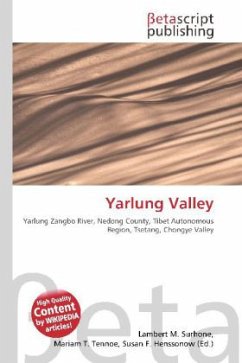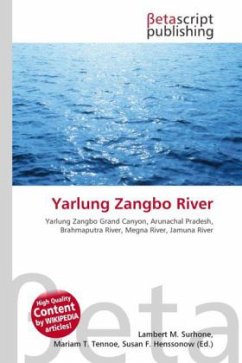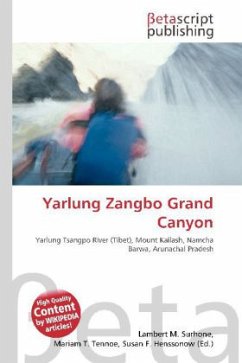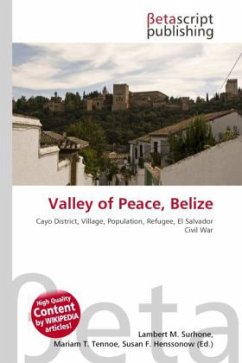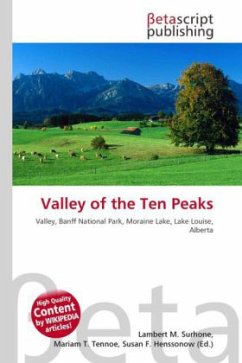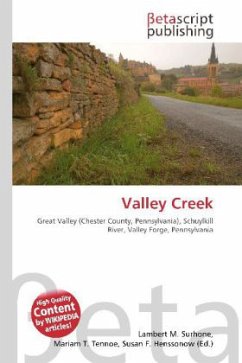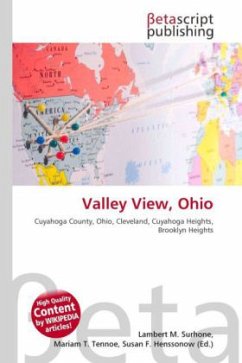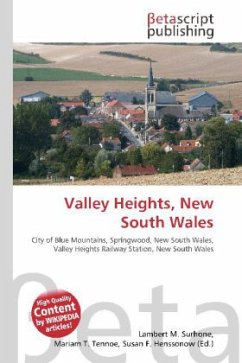Please note that the content of this book primarily consists of articles available from Wikipedia or other free sources online. The Yarlung Valley is formed by the Yarlung River and refers especially to the district where it joins with the Chongye River, and broadens out into a large plain about 2 km wide, before they flow north into the Yarlung Zangbo River or Brahmaputra. It is situated in Nedong County of Lhokha Prefecture (Ch. Shannan Prefecture) in the Tibet Autonomous Region of China. The capital of Lhokha Prefecture, Tsetang, in the Yarlung Valley, is one of Tibet''s largest cities, and is 183 km southeast of Lhasa. It was originally well-forested and suitable for agriculture. The Tsetang district is famous for its apples and pears. The Yarlung and the adjoining Chongye Valley formed the original seat of the Yarlung dynasty of Tibetan kings and controlled important ancient trade routes into India and Bhutan. The first Tibetan Emperor, Songtsen Gampo (605 or 617? - 649), moved the capital to Lhasa after greatly expanding his territories and power.
Bitte wählen Sie Ihr Anliegen aus.
Rechnungen
Retourenschein anfordern
Bestellstatus
Storno

